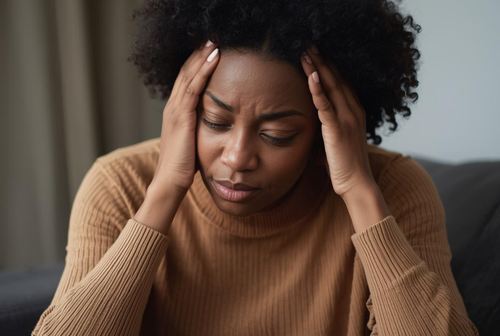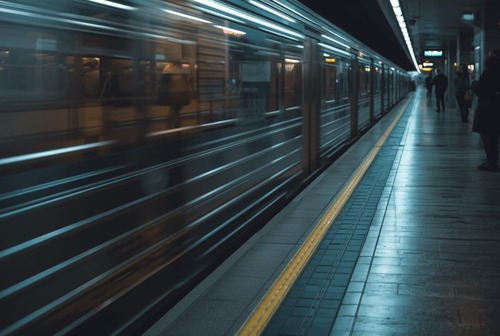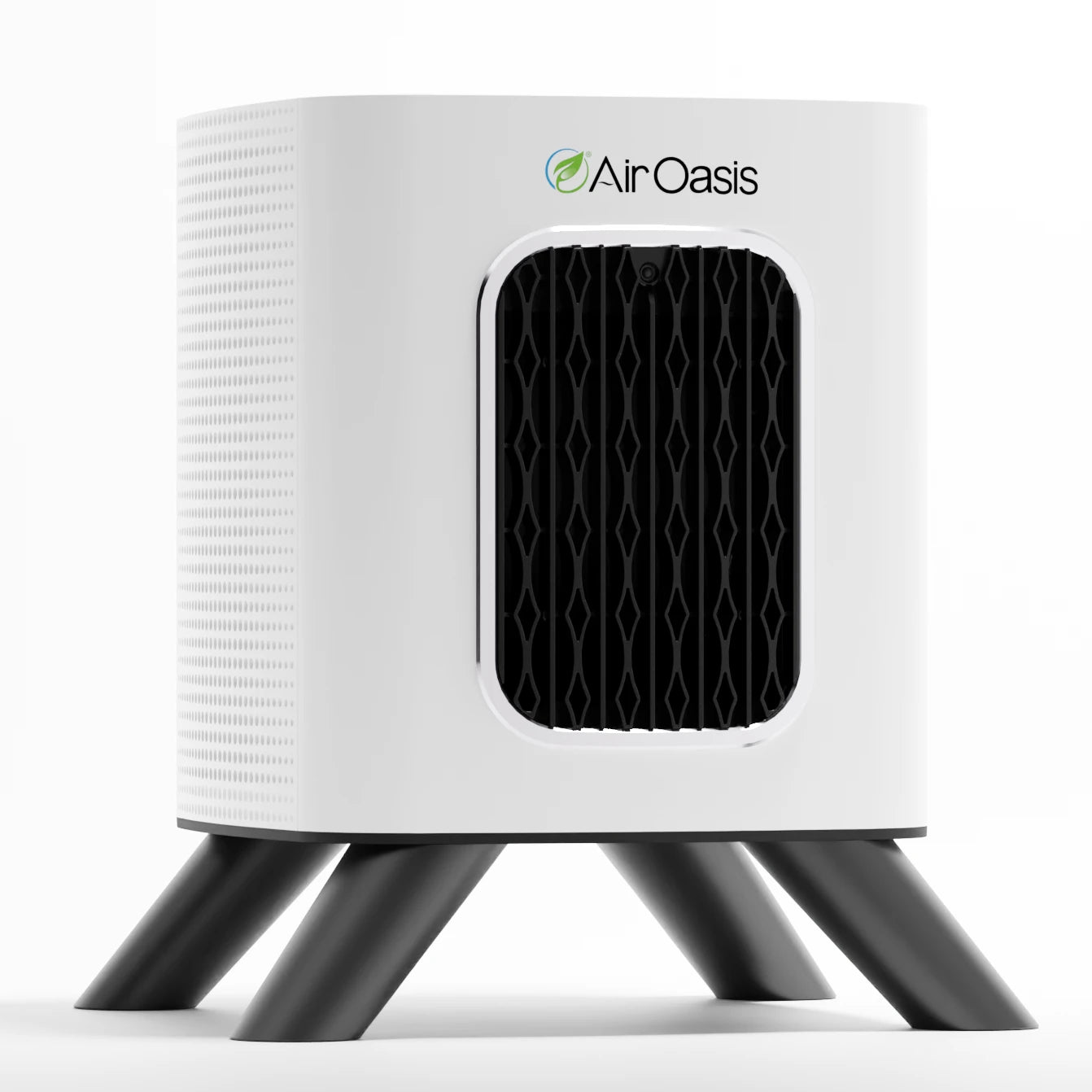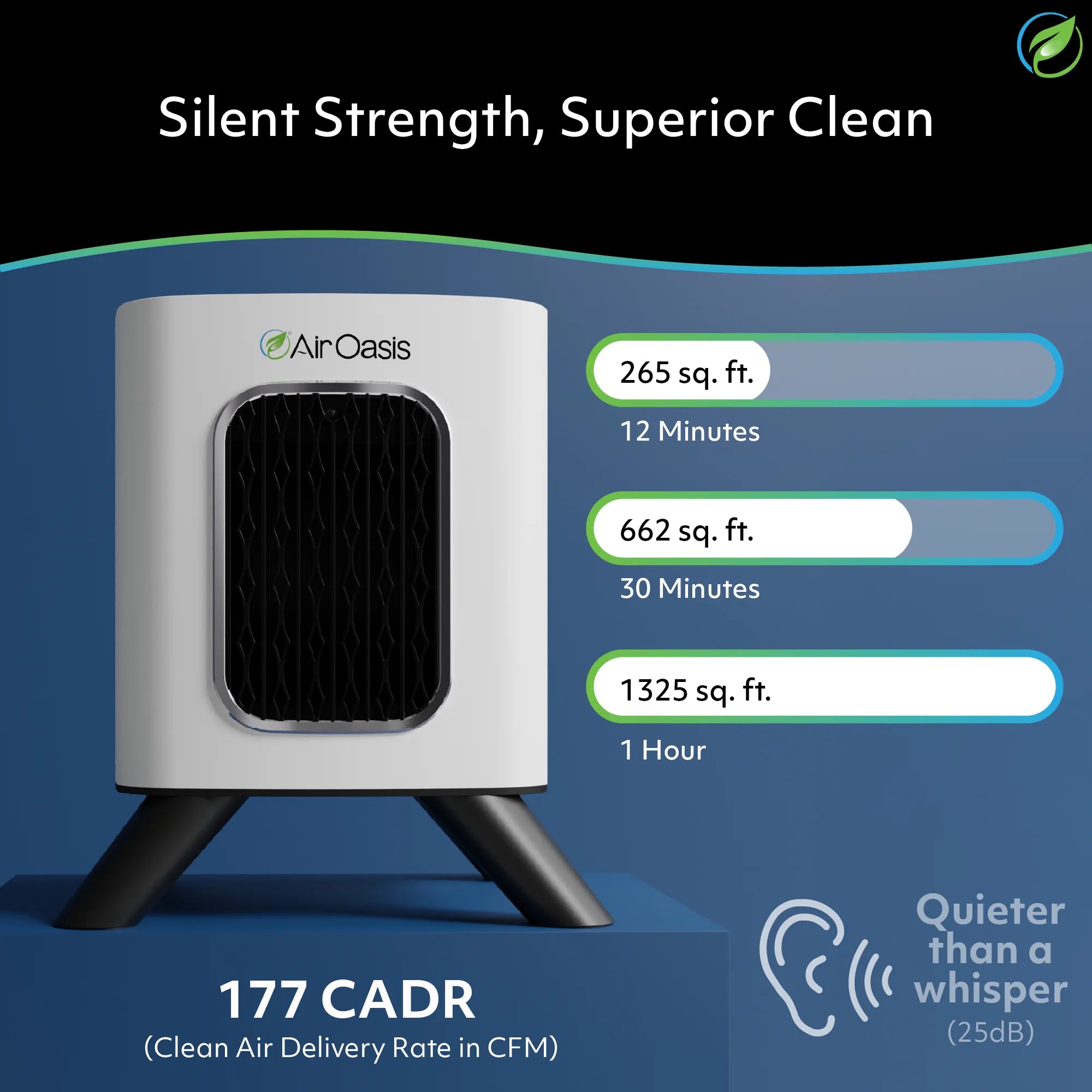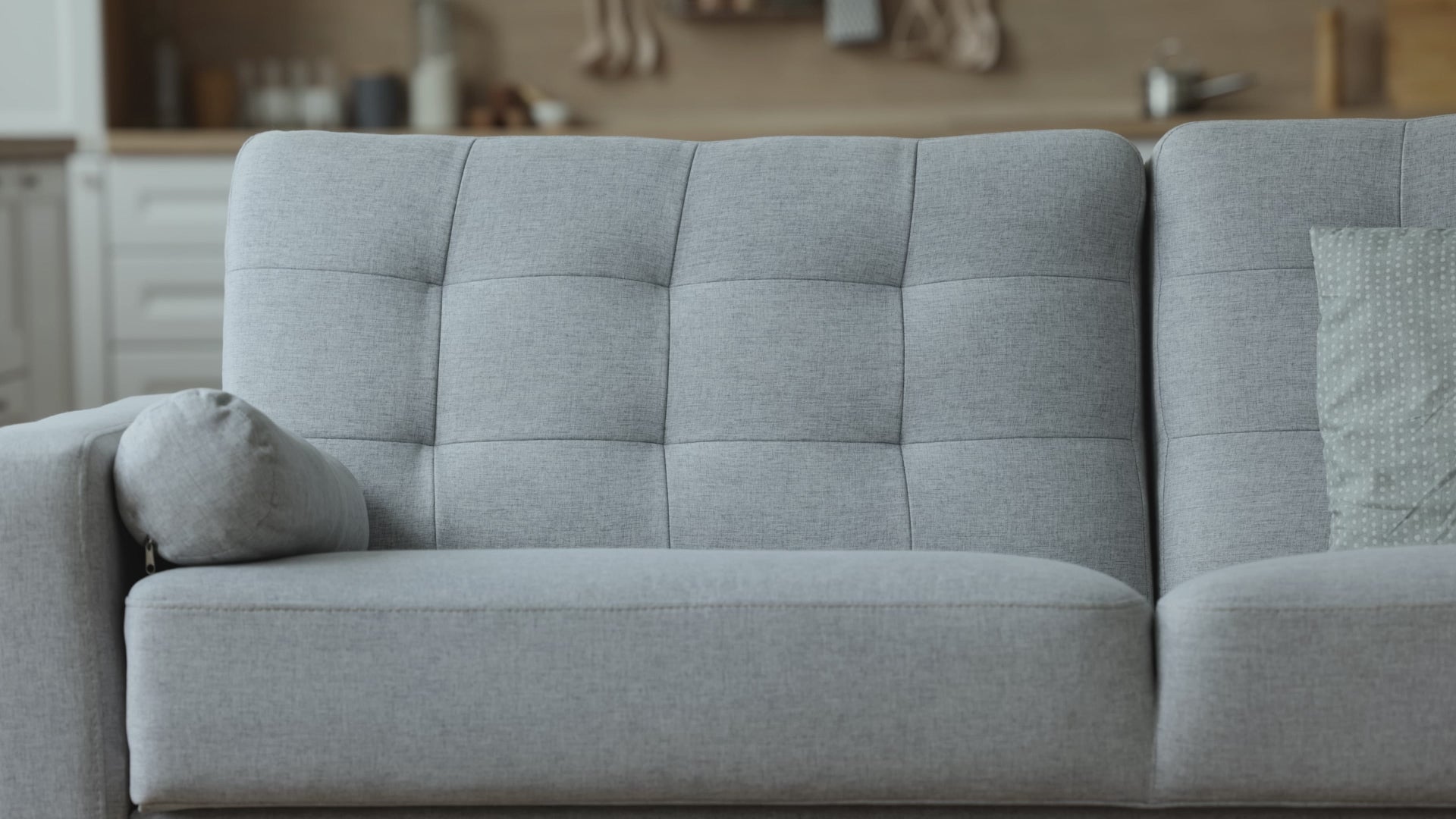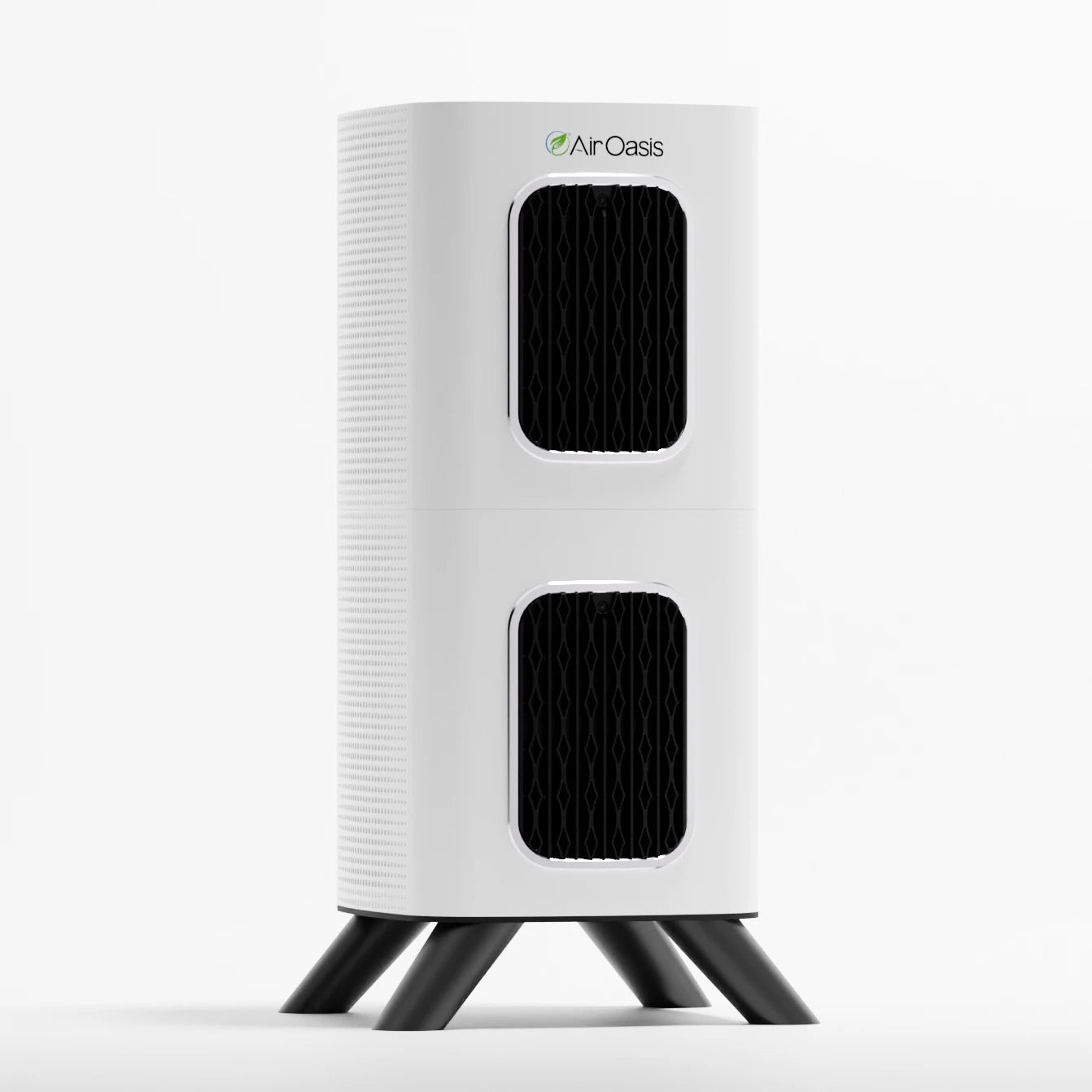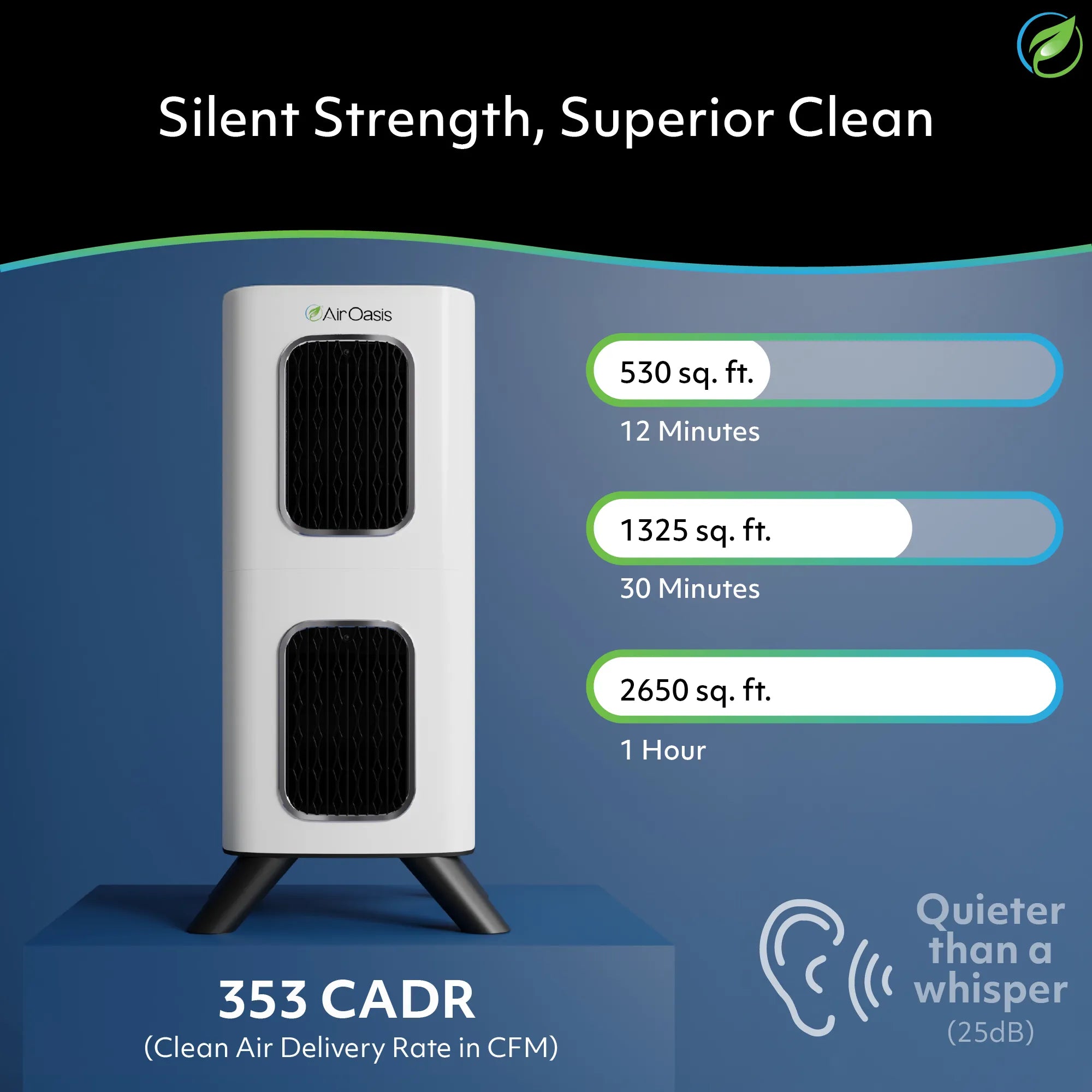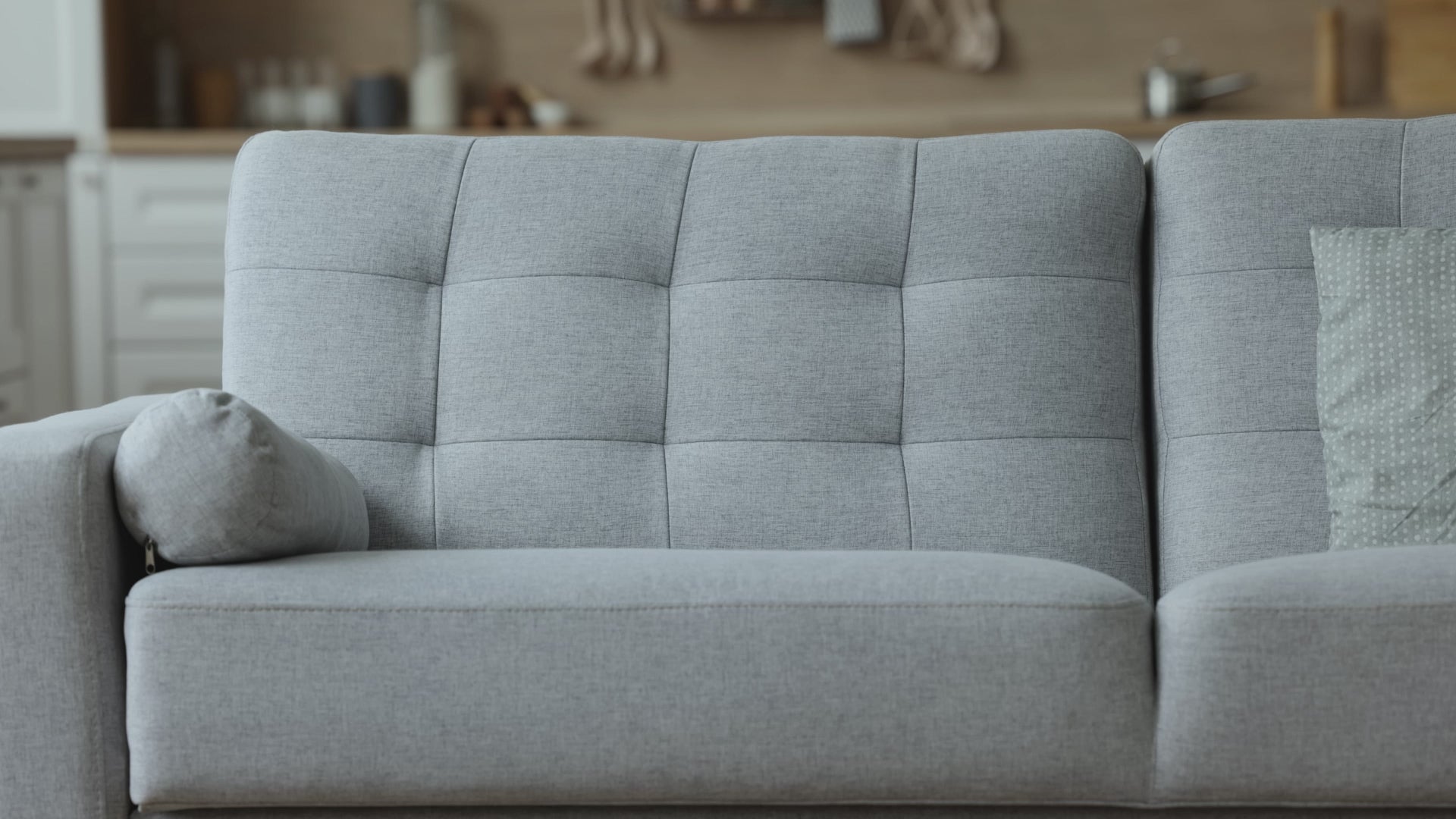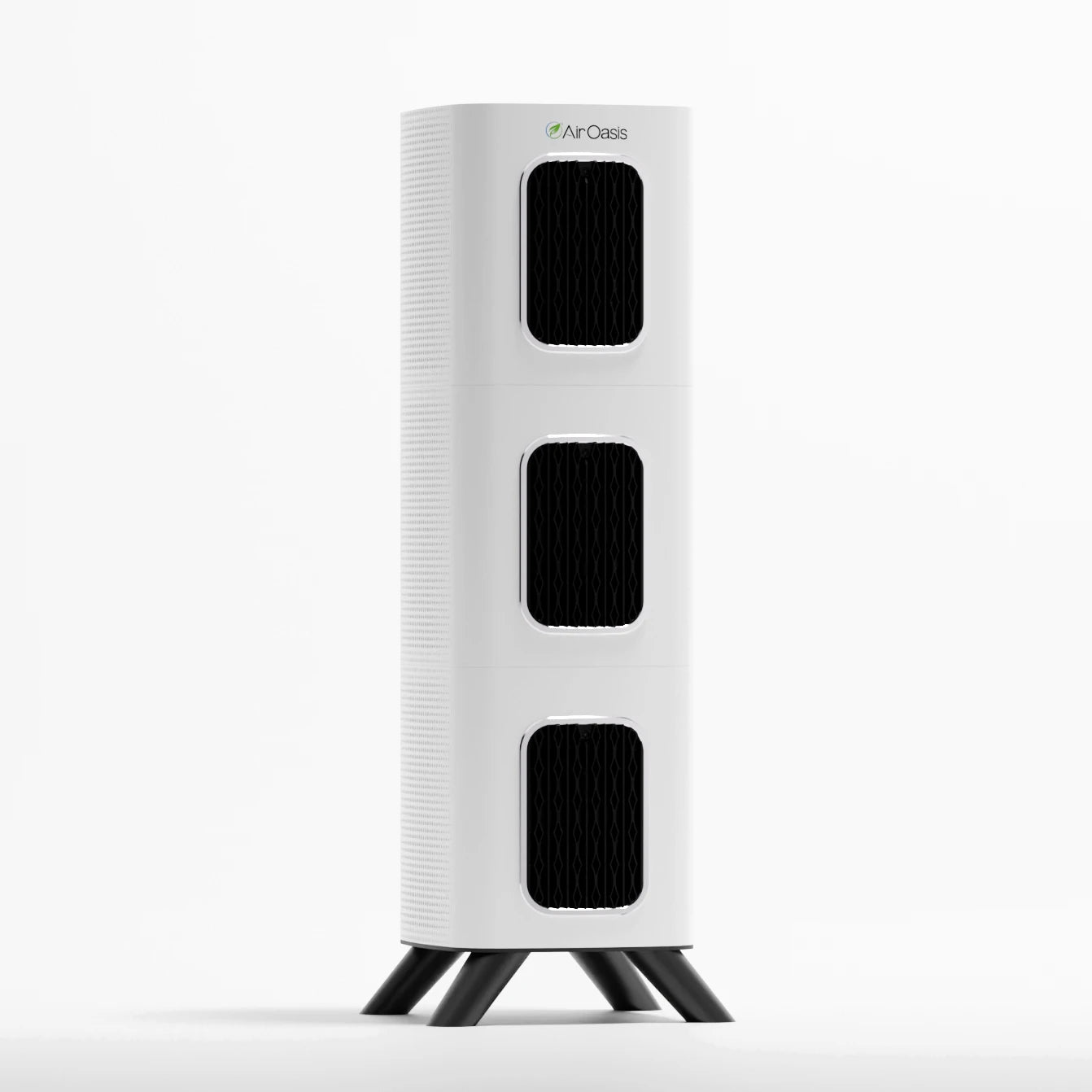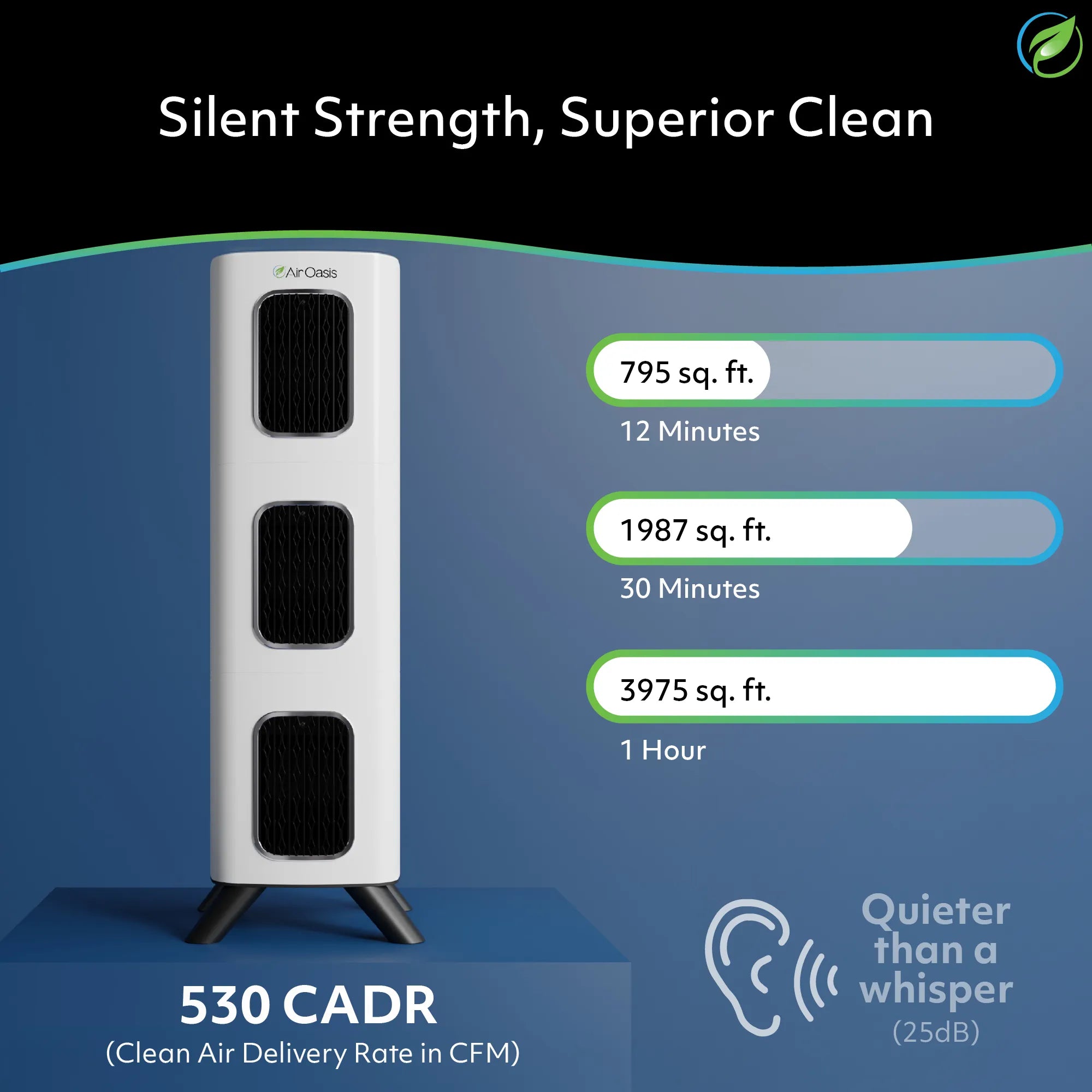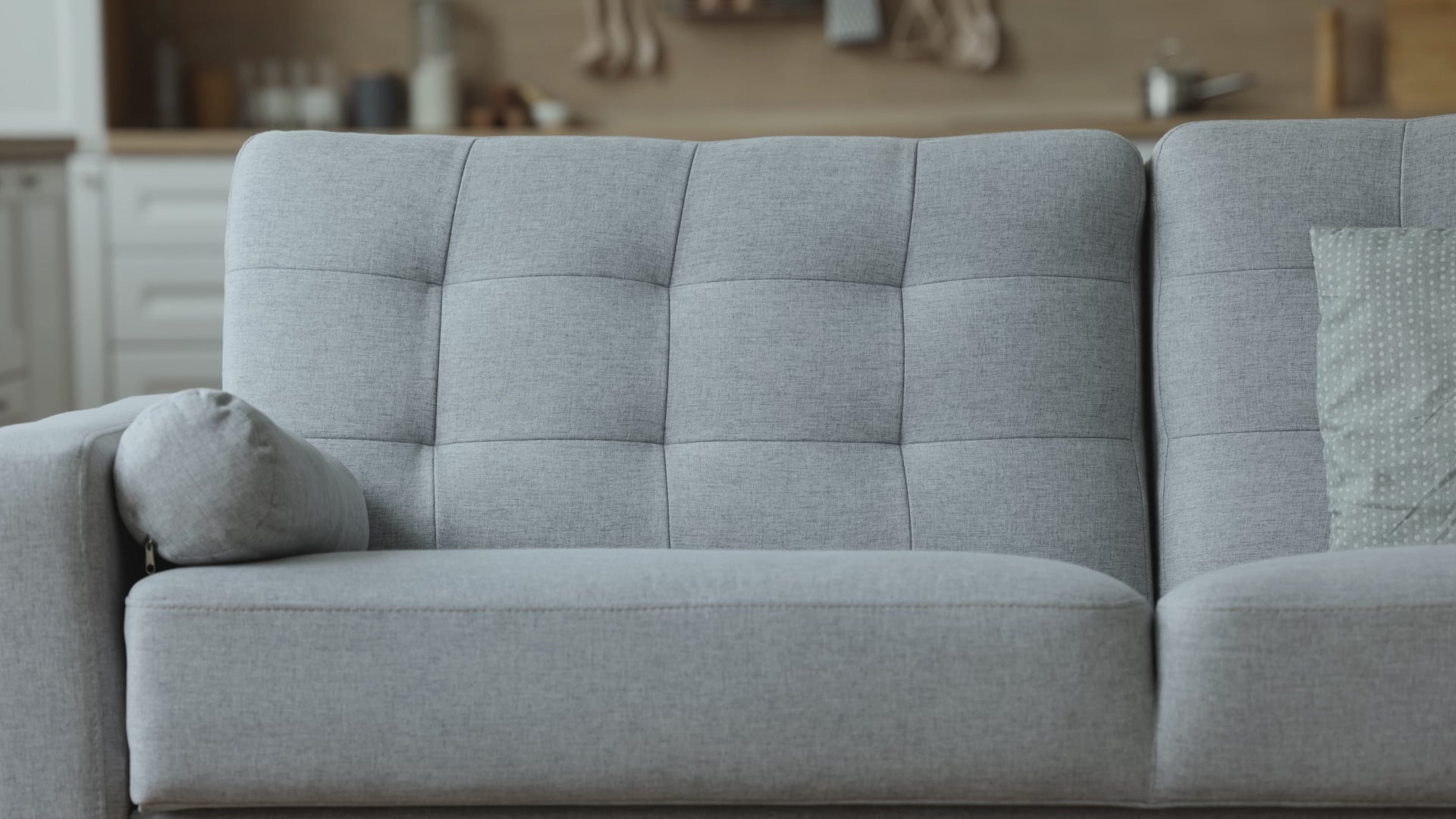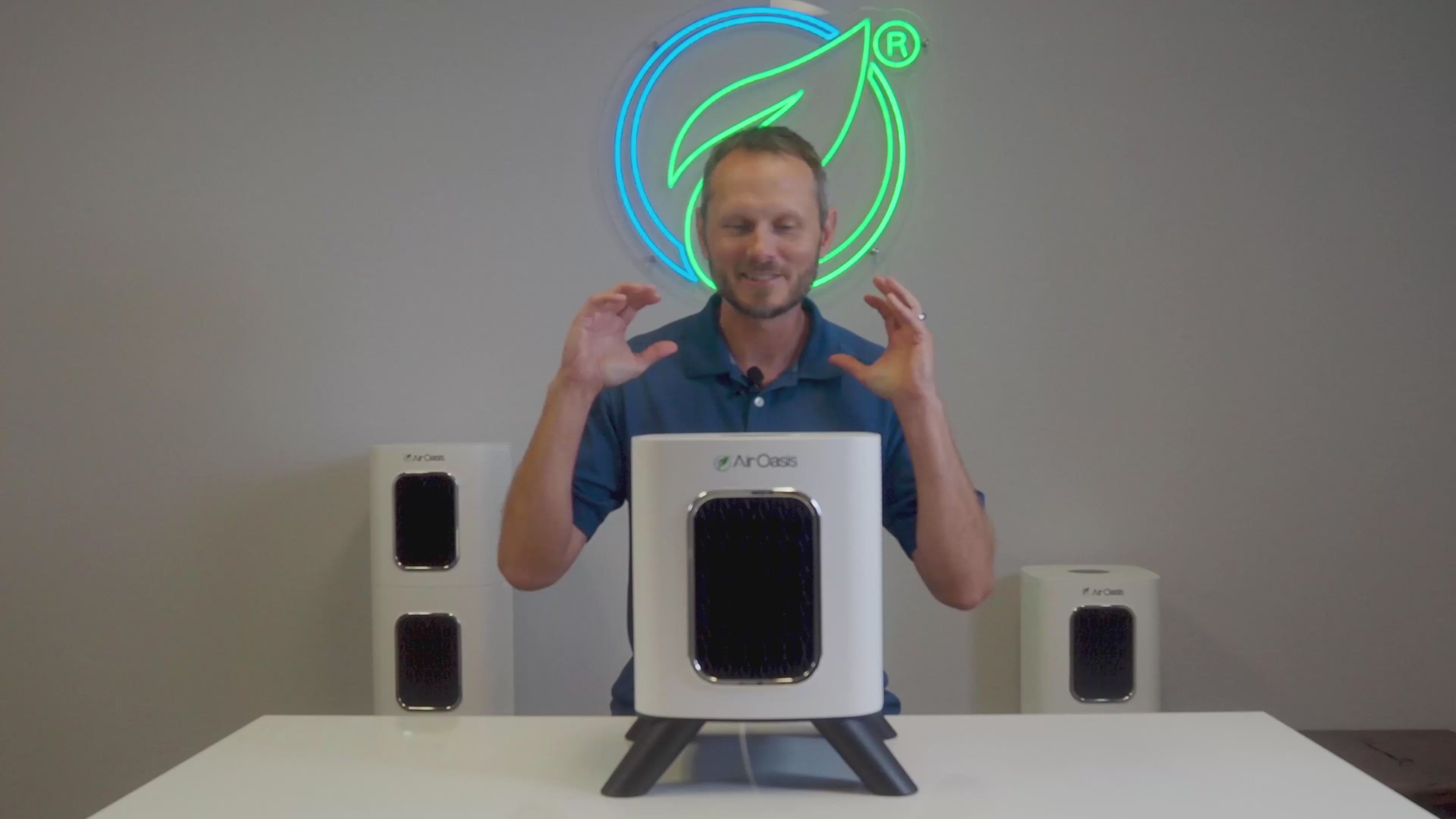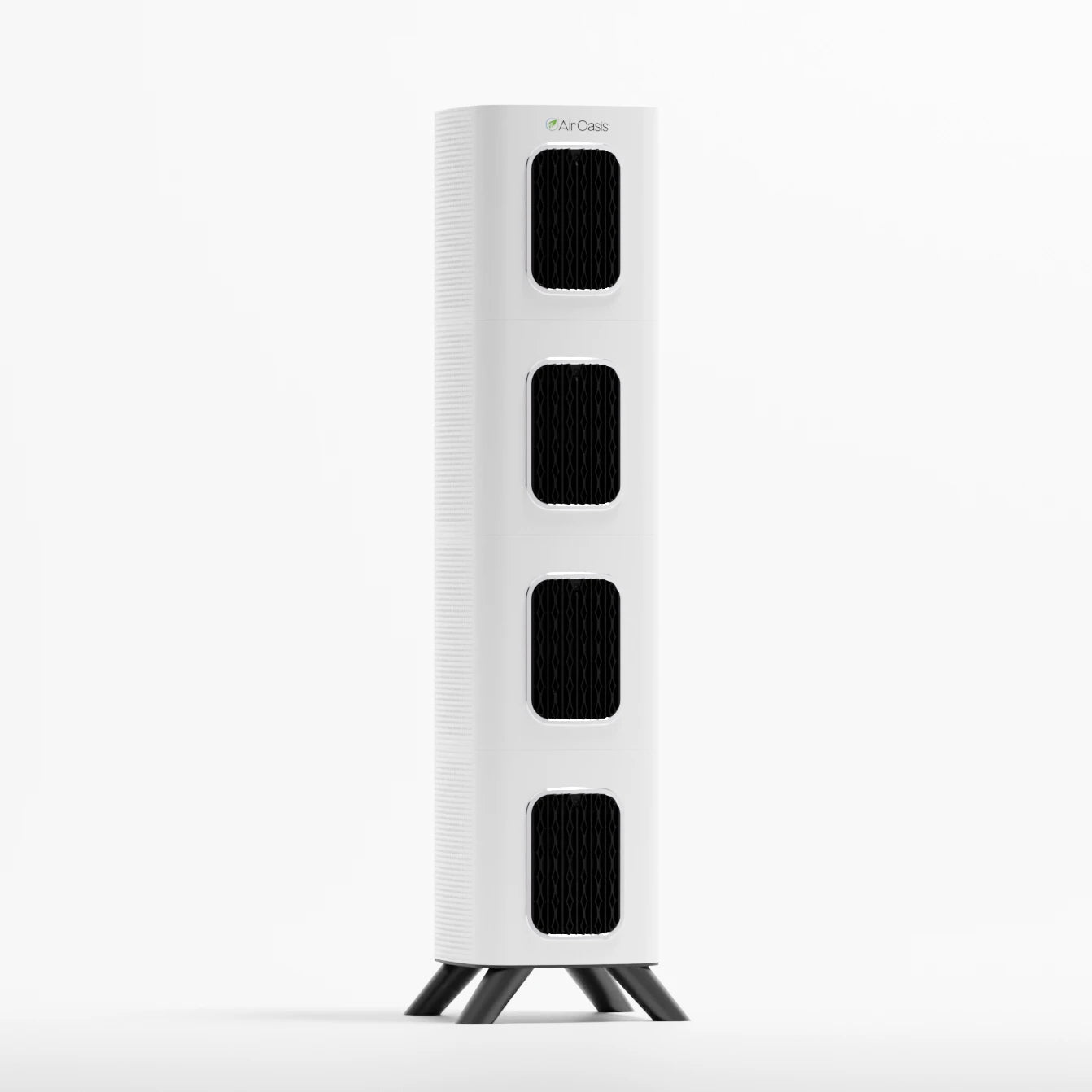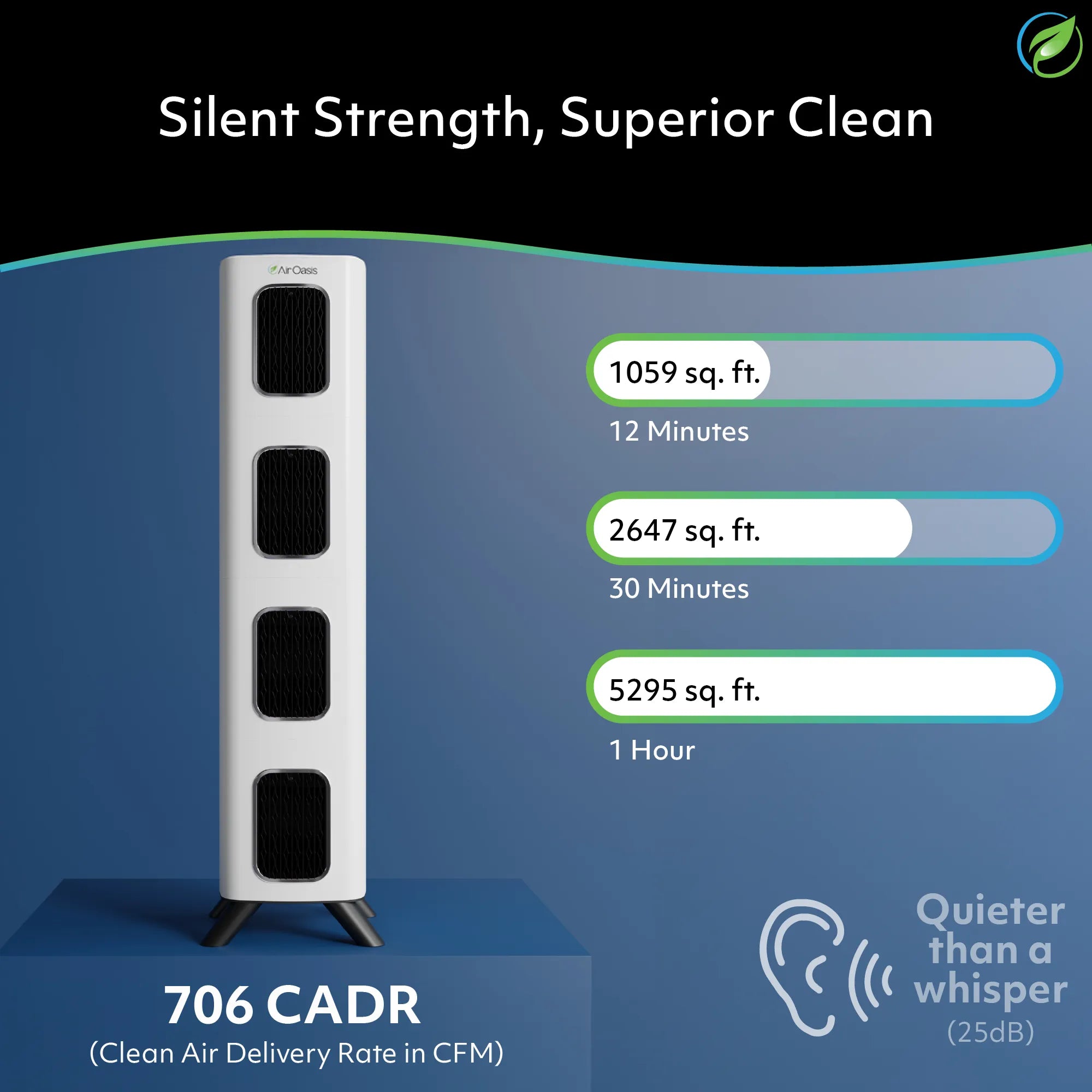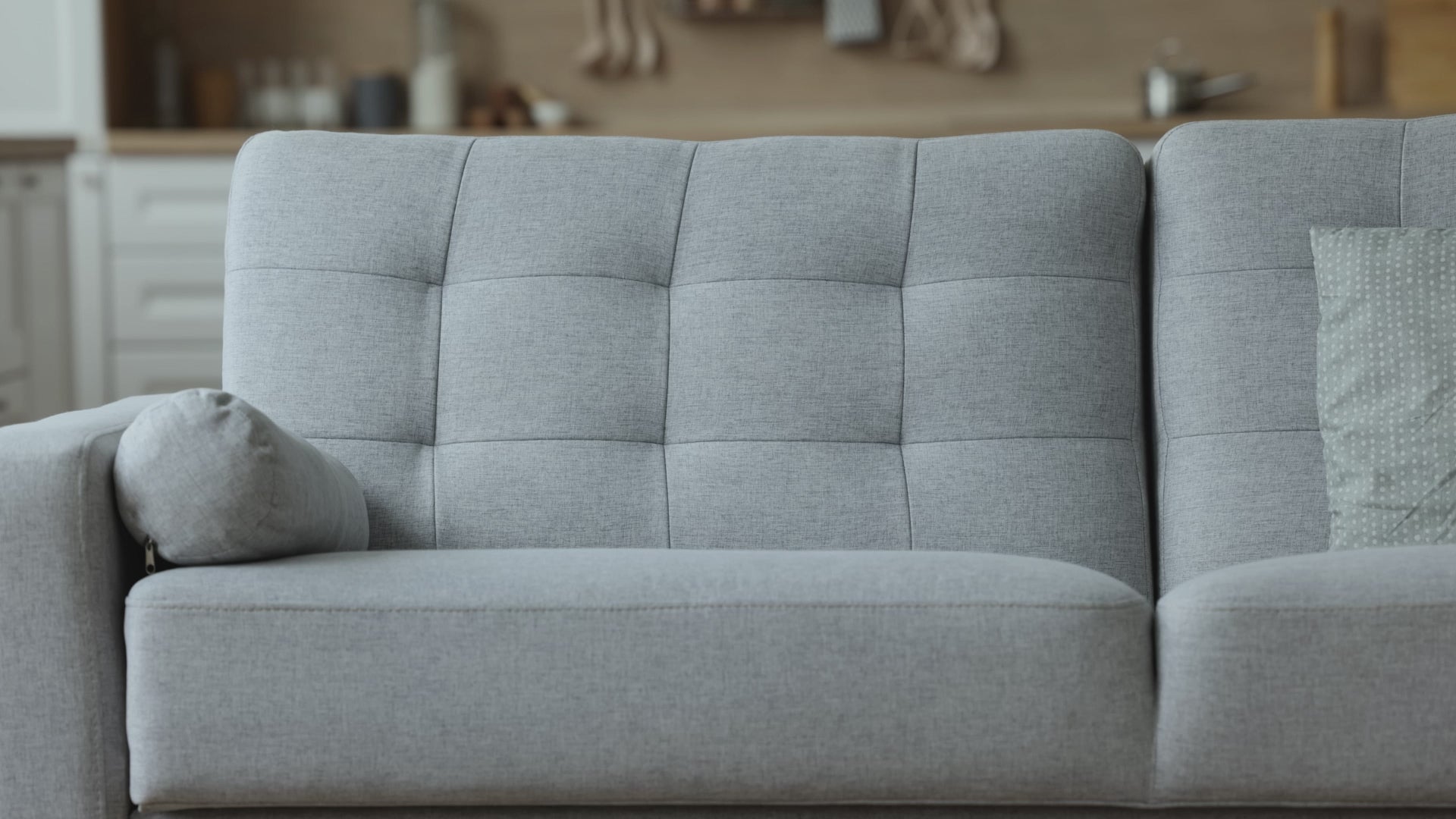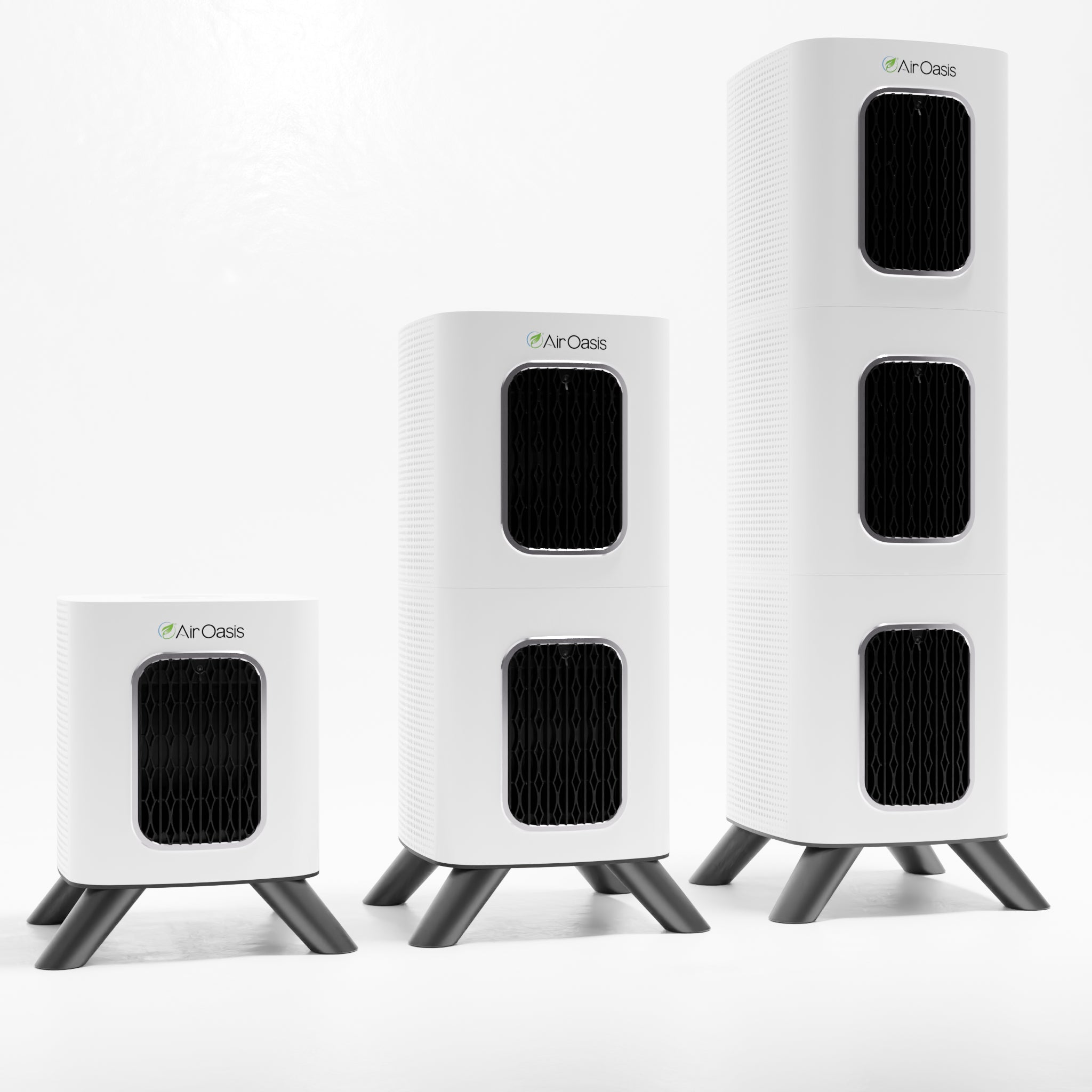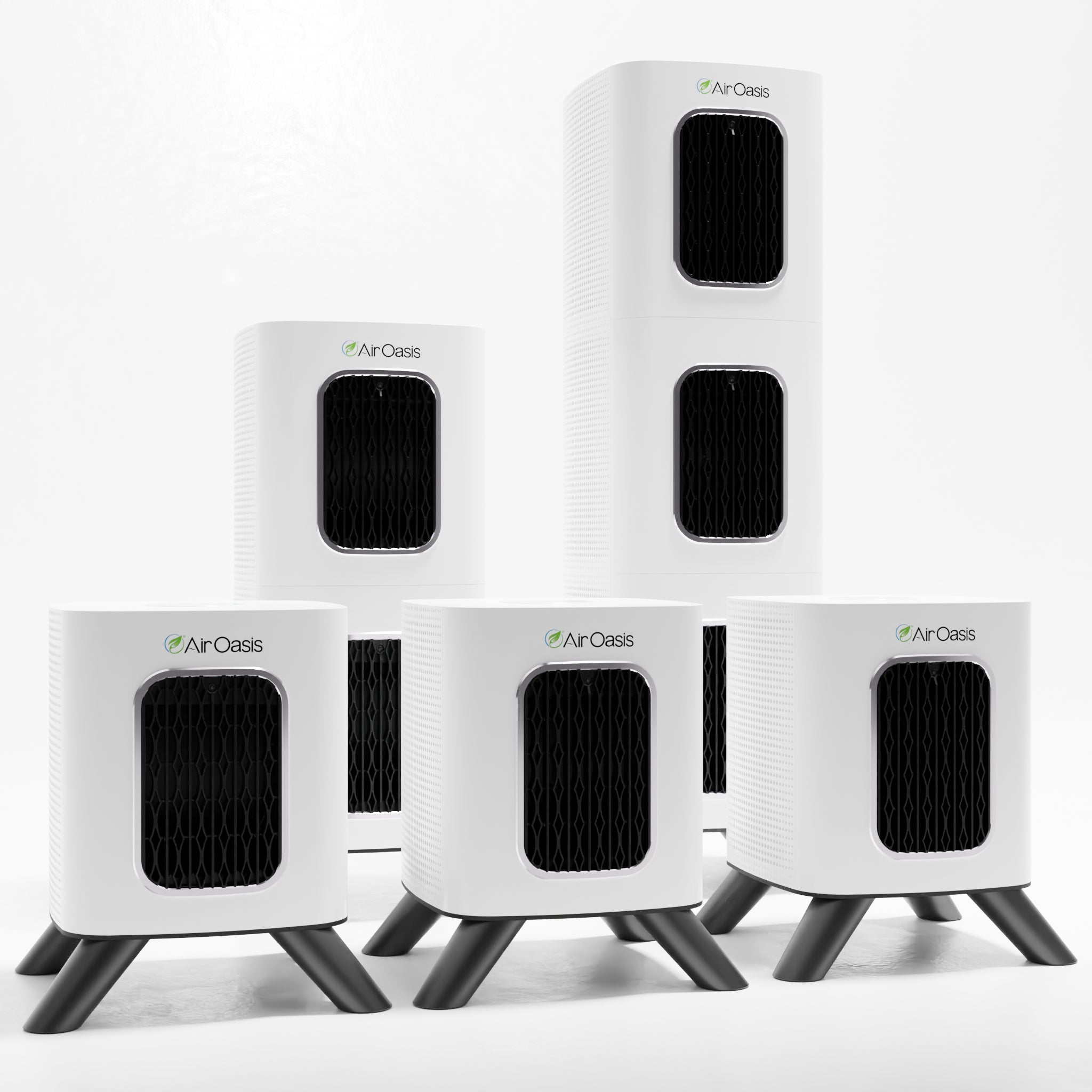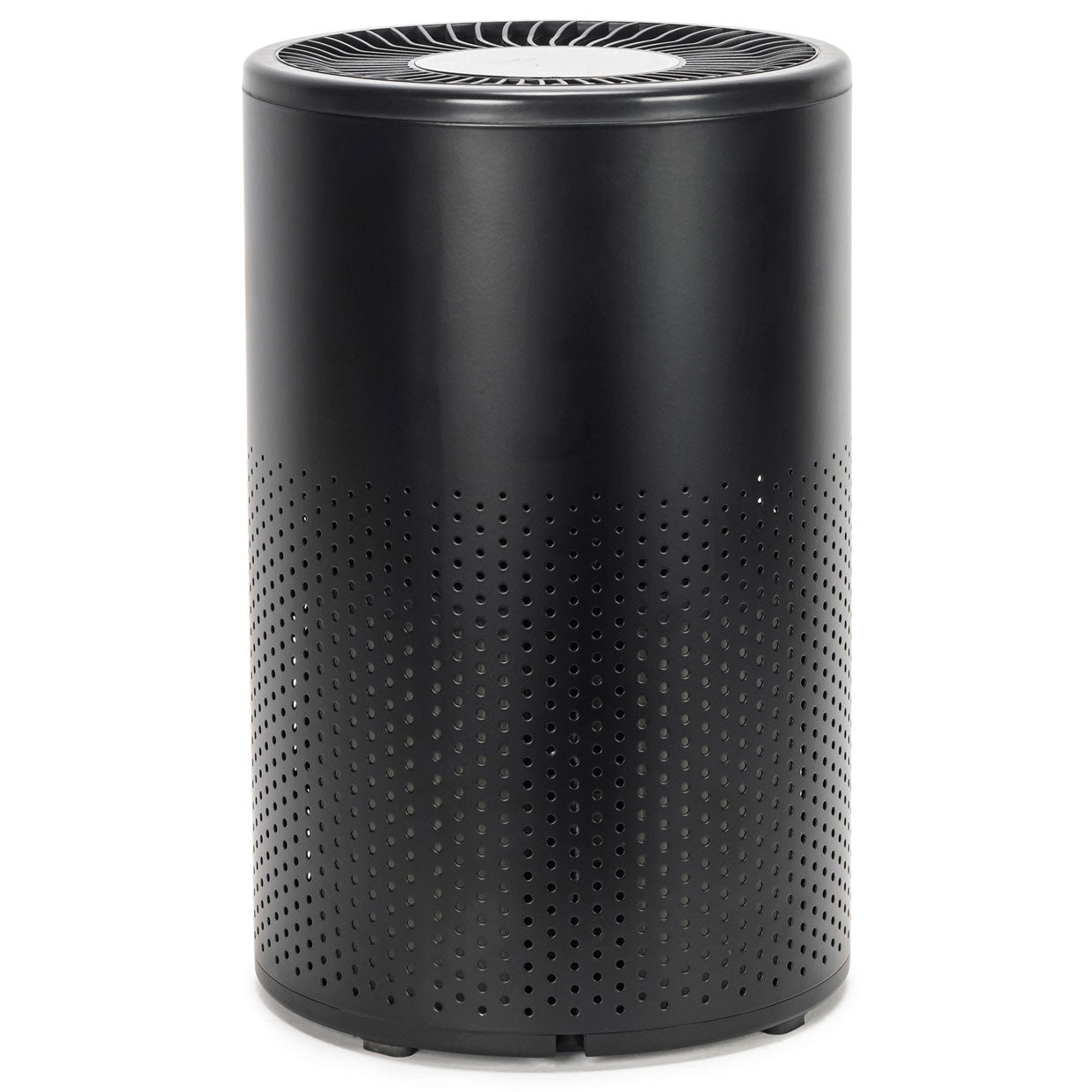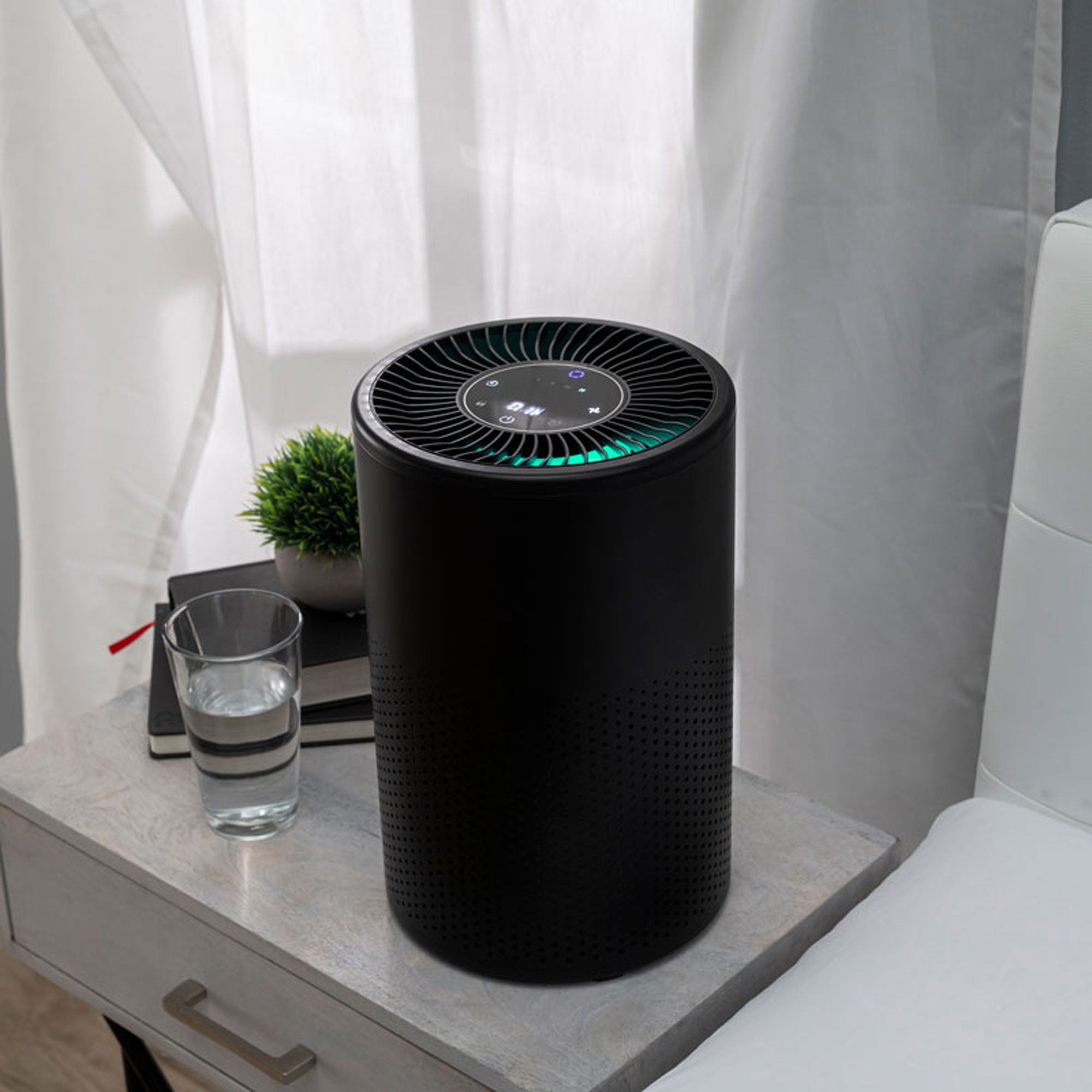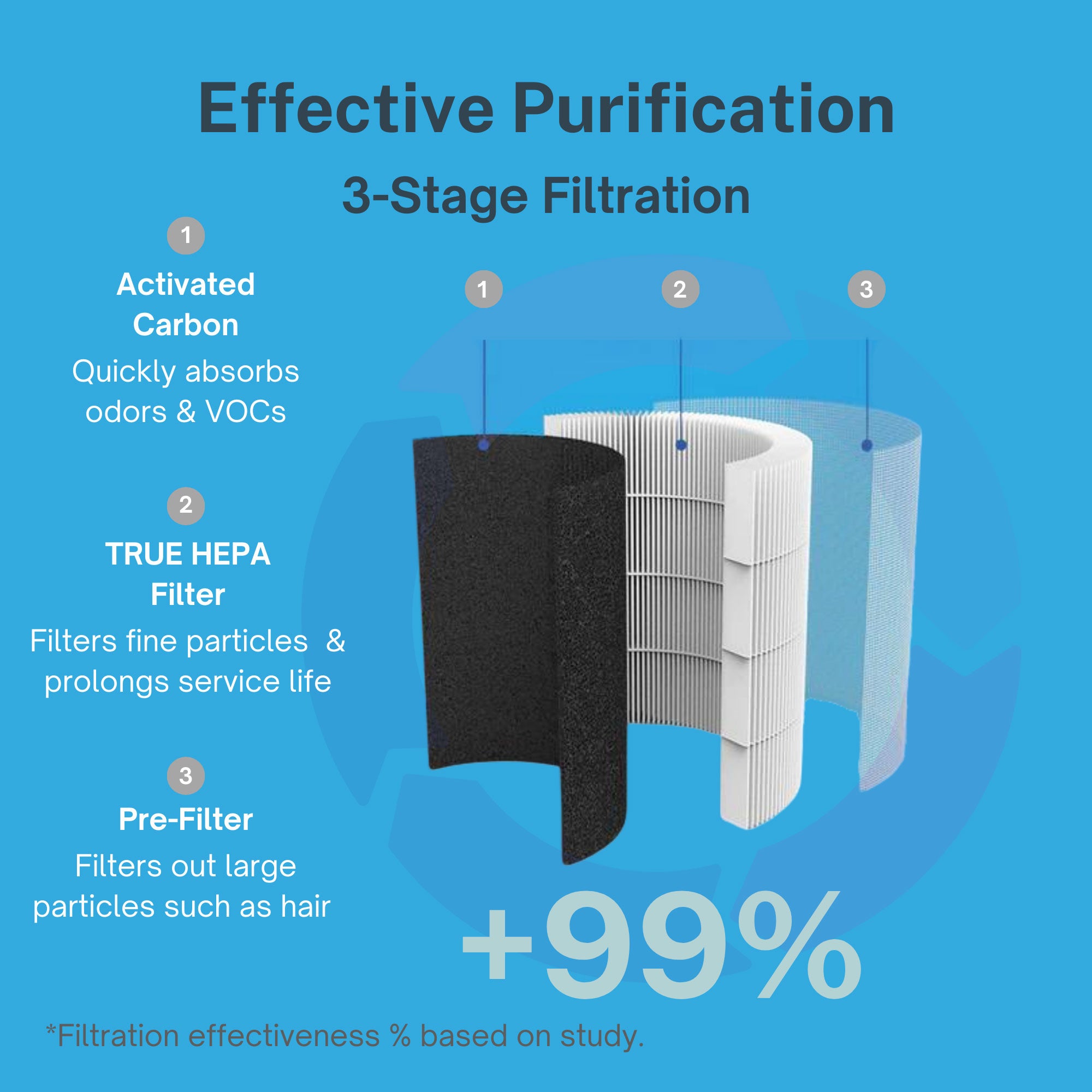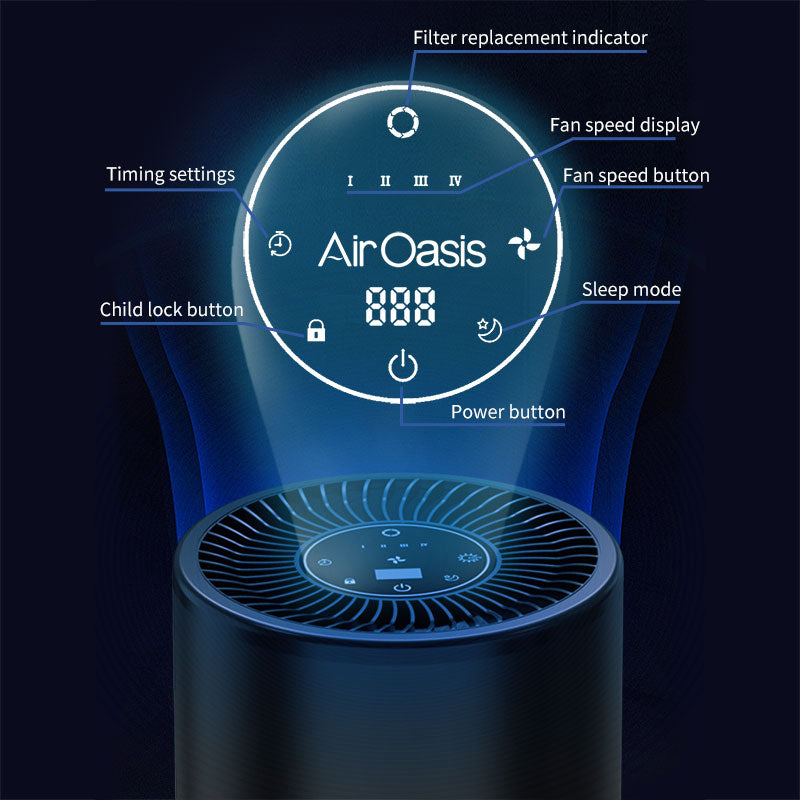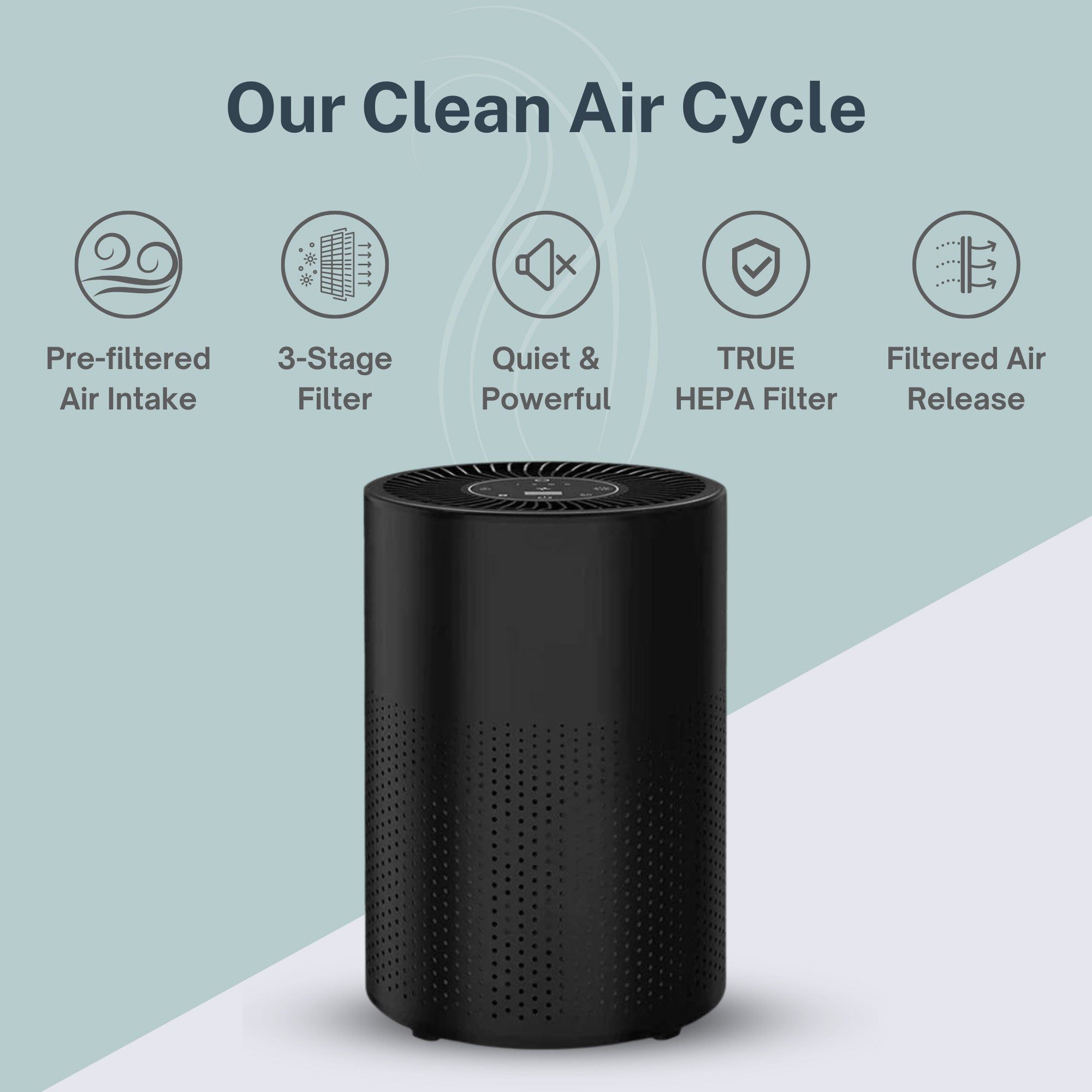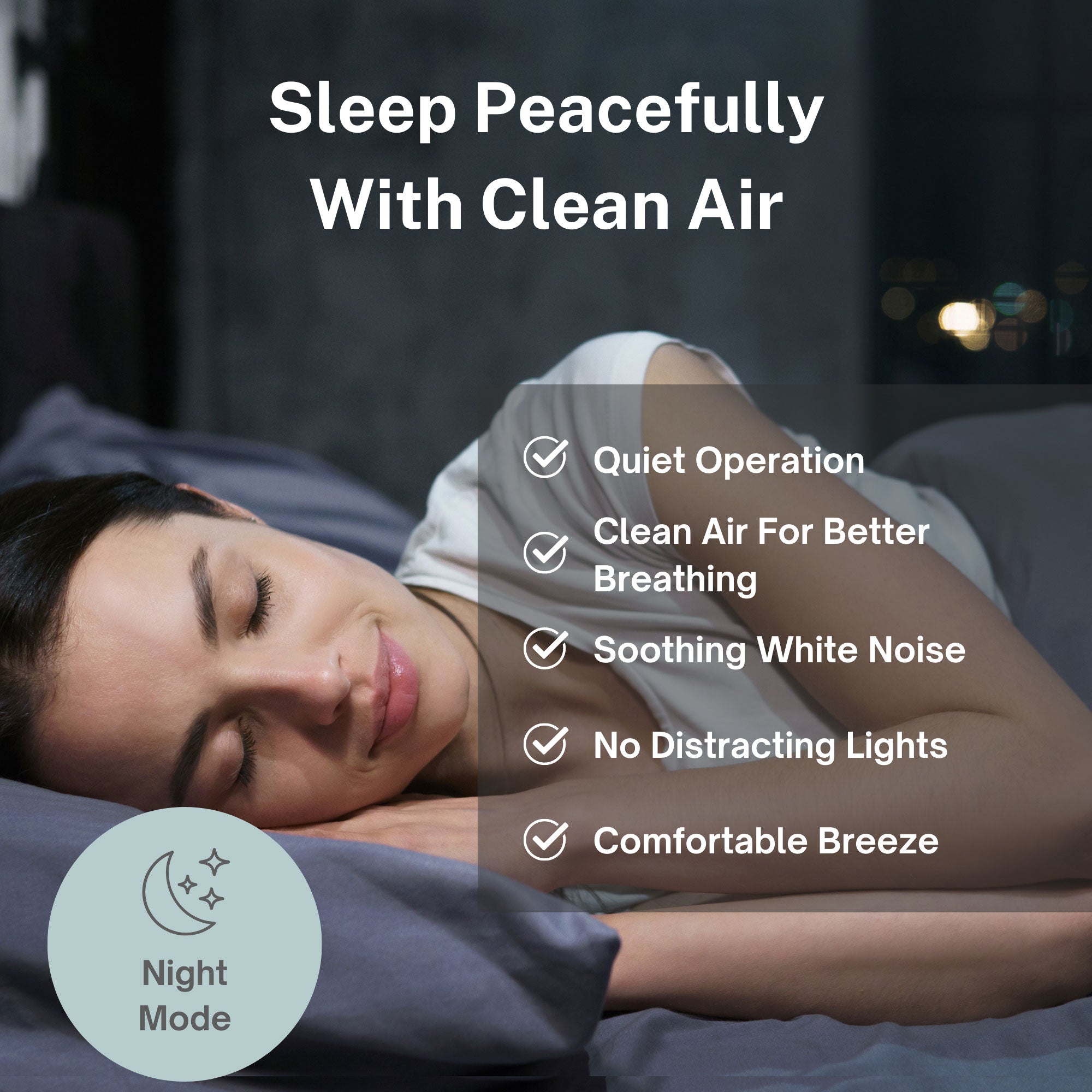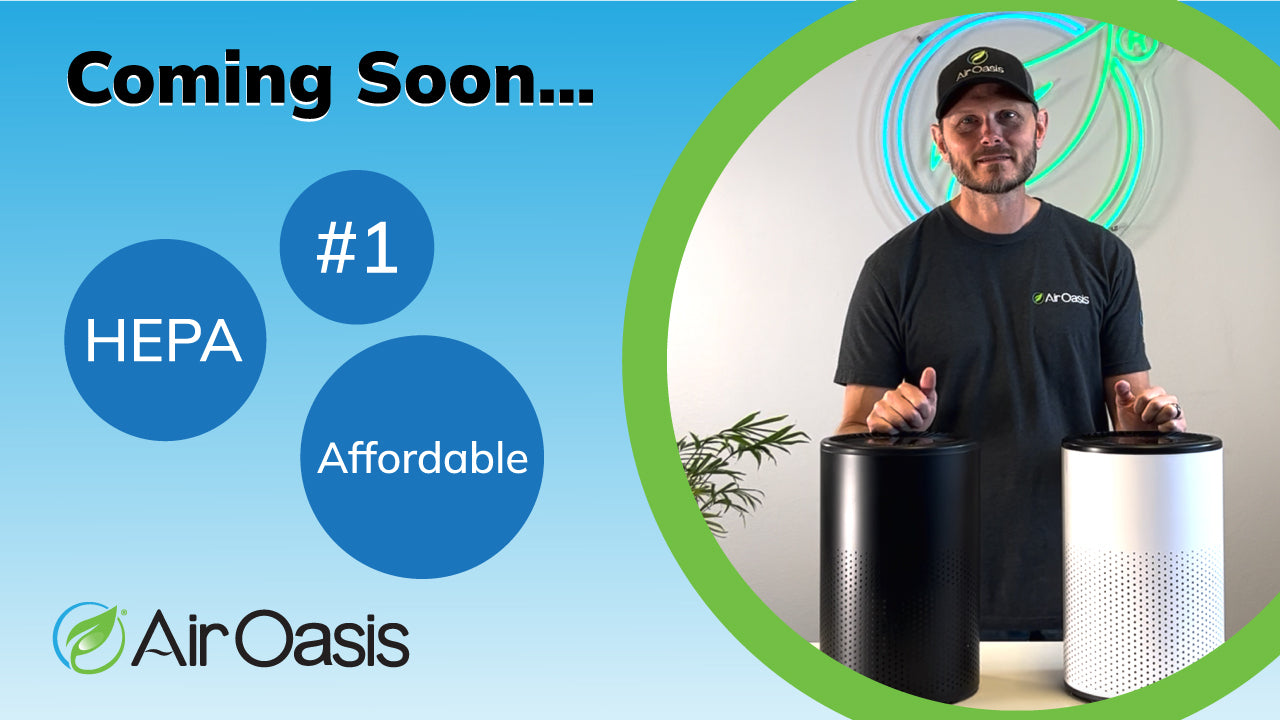The CIRS (Chronic Inflammatory Response Syndrome) community has developed a reputation for conflicting advice, extreme protocols, and fear-based messaging that can overwhelm patients seeking genuine help. While CIRS represents a real health condition requiring thoughtful treatment, much of the online discussion has evolved into unrealistic expectations and anxiety-inducing demands that may actually hinder recovery.
Understanding which CIRS recommendations are evidence-based versus which stem from fear or misunderstanding helps patients make informed decisions without sacrificing their mental health or financial stability in pursuit of perfect environmental control.
Myth 1: You Must Throw Away Everything You Own
One of the most extreme CIRS myths suggests that all possessions from a "moldy" environment must be discarded, including books, clothing, and furniture. This "start with only your phone and wallet" approach lacks scientific foundation and creates unnecessary psychological trauma.
The Reality: Washable items can typically be cleaned effectively. Non-porous items can be wiped down. While severely contaminated porous materials may need replacement, wholesale disposal isn't automatically necessary. Many CIRS patients recover while keeping most of their belongings through proper cleaning and environmental controls.
The myth stems from misunderstanding how mold exposure works. Cross-contamination from possessions occurs primarily with heavily water-damaged items or those with visible mold growth. Normal household items from environments with typical mold levels don't automatically become "toxic."
Professional air purification systems like the Air Oasis iAdaptAir help maintain clean indoor environments that support recovery without requiring extreme avoidance measures.
Myth 2: ERMI Testing Every Potential Home is Realistic
Online CIRS communities often suggest testing every prospective rental or home purchase with ERMI tests costing $200-400 each. This advice ignores practical realities of competitive housing markets where properties move quickly and testing requirements can eliminate candidates.
The Reality: Visual inspection for water damage, asking about moisture problems, and choosing newer or well-maintained properties eliminates most problematic environments. ERMI testing works better for confirming suspicions about specific properties rather than screening every option.
The myth persists because it provides a sense of control in an overwhelming situation. However, the stress and financial burden of trying to test every potential home often outweighs the benefits, especially in competitive markets where testing delays mean losing housing opportunities.
Most successful CIRS recoveries occur in environments that aren't perfect by ERMI standards but are reasonably dry and well-maintained.
Myth 3: Only the Strictest Shoemaker Protocol Works
The online CIRS community often presents Dr. Shoemaker's protocol as the only valid treatment approach, with any deviation meaning certain failure. This creates unnecessary anxiety and ignores individual variations in treatment response.
The Reality: While the Shoemaker protocol provides a structured framework, many patients improve with modified approaches that account for individual sensitivities, financial constraints, and practical limitations. Some patients respond well to gentler interventions focusing on nervous system regulation and basic environmental controls.
The myth develops because success stories following strict protocols get more attention than gradual improvements through individualized care. However, several patients in the Reddit discussion reported better outcomes when they moved away from rigid protocol adherence and focused on what their bodies could tolerate.
The most important elements appear to be addressing ongoing mold exposure and reducing systemic inflammation, which can be achieved through various approaches.
Myth 4: You'll Be Sick for Years No Matter What
CIRS communities often emphasize the chronic nature of the condition, with members frequently stating that recovery takes "years" and may never be complete. This messaging, while reflecting some patients' experiences, can become a self-fulfilling prophecy that hinders healing.
The Reality: Recovery timelines vary dramatically between individuals. Some patients report significant improvements within months of addressing environmental triggers and implementing appropriate treatments. The patients who recover more quickly often don't remain active in online communities, creating a bias toward hearing from those with prolonged struggles.
This myth persists because chronically ill communities naturally attract people with the most severe or persistent cases. Those who recover relatively quickly move on with their lives rather than continuing to participate in patient forums.
Mental approach significantly impacts recovery. Patients who maintain hope and focus on gradual improvement often fare better than those who expect years of illness.
Myth 5: Nervous System Regulation Isn't "Real" Treatment
Traditional CIRS discussions often dismiss nervous system approaches like limbic retraining or stress reduction as insufficient compared to medical interventions. This overlooks the significant role that chronic stress and nervous system dysfunction play in inflammatory conditions.
The Reality: Many CIRS patients report that nervous system regulation techniques become crucial pieces of their recovery puzzle. Chronic inflammation affects brain function and stress responses, while ongoing stress and fear worsen inflammatory conditions.
The Air Oasis air purification systems support recovery by creating consistently clean environments that reduce ongoing stress on both the immune system and nervous system, allowing the body's natural healing processes to function more effectively.
Several patients in the Reddit discussion specifically mentioned that limbic training or nervous system work provided breakthrough improvements when medical interventions alone weren't sufficient.
Myth 6: Environmental Controls Must Be Perfect
The CIRS community often promotes the idea that any mold exposure will cause relapse, leading to extreme avoidance behaviors that prevent normal life activities like traveling, visiting friends, or working in typical buildings.
The Reality: The goal of treatment is to restore normal function and resilience, not to require perfect environmental control forever. While avoiding heavily contaminated environments makes sense, most recovered CIRS patients can tolerate normal environmental exposures without symptoms.
This myth develops from misunderstanding the difference between acute illness phases and recovery phases. During active illness, sensitivity may be heightened, but as the body heals, normal environmental tolerance typically returns.
The most successful recoveries involve gradually building tolerance while maintaining reasonable environmental controls, not permanent extreme avoidance.
Myth 7: Expensive Specialists Are the Only Solution
Online CIRS discussions often emphasize finding expensive functional medicine doctors or CIRS specialists, with appointments costing $1,000 or more. This creates barriers for patients who need help but can't afford specialized care.
The Reality: While knowledgeable practitioners are valuable, many CIRS patients make significant improvements through basic environmental controls, over-the-counter binders, stress reduction, and gradual exposure building. The most expensive treatments aren't automatically the most effective.
Some patients report better outcomes working with practitioners who take a holistic approach rather than those who strictly follow rigid protocols regardless of individual response.
The myth persists because expensive treatments create an impression of sophistication and exclusivity, but many fundamental healing interventions are accessible and affordable.
The Role of Fear in CIRS Communities
Much of the misinformation in CIRS communities stems from fear and desperation rather than malicious intent. Patients experiencing frightening symptoms naturally seek comprehensive explanations and bulletproof solutions. However, this can lead to increasingly extreme recommendations that prioritize theoretical perfection over practical recovery.
Fear-based thinking often manifests as:
- All-or-nothing approaches that ignore individual variation
- Catastrophic predictions about minor exposures
- Dismissal of psychological factors in chronic illness
- Emphasis on expensive interventions over basic health principles
Creating Realistic Recovery Expectations
Successful CIRS recovery typically involves:
Environmental Awareness Without Obsession: Address obvious moisture problems and maintain good indoor air quality without requiring perfection.
Individual Treatment Approaches: Work with practitioners who adjust protocols based on your response, not rigid adherence to predetermined steps.
Gradual Progress Recognition: Evaluate improvements monthly rather than daily, as chronic conditions improve slowly with setbacks.
Stress Reduction Priority: Include nervous system regulation alongside physical treatments, as chronic stress worsens inflammatory conditions.
Financial Sustainability: Choose treatments you can maintain long-term rather than expensive interventions that create financial stress.
Building a Balanced Approach to CIRS Recovery
CIRS represents a real condition requiring thoughtful treatment, but recovery doesn't require the extreme measures often promoted in online communities. The most successful approaches balance evidence-based environmental controls with realistic expectations and attention to psychological factors.
Professional air purification provides a practical foundation for environmental controls without requiring extreme avoidance or expensive testing of every potential living space. Creating consistently clean indoor air supports recovery while allowing normal life activities.
Ready to create a supportive environment for CIRS recovery without extreme measures? Shop Air Oasis today for professional-grade air purification systems that provide reliable environmental controls while supporting realistic, sustainable healing approaches.


